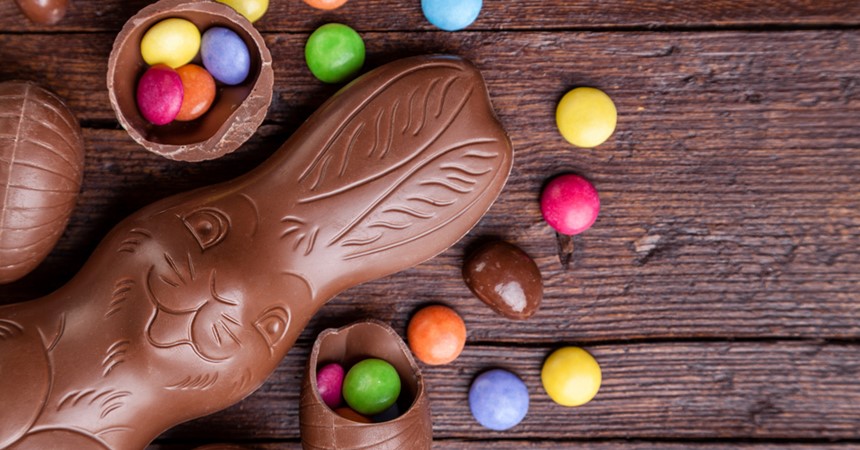Australians will purchase over $200 million in chocolate this Easter. A 2018 report by IBISWorld found that Australia’s chocolate spend had risen by $26 million over the previous five years (up to 2018).
But some of this chocolate is tainted by slavery and comes at the cost of a child’s health, education and sometimes his or her freedom. Much of our chocolate is made using cocoa beans harvested by children, often in the West African region. Many of these children are forced into labour. We can help change this.
Chocolate and Child Labour – A Snapshot
- A 2020 Macquarie University report, Not so sweet: chocolate, slavery and complicit corporations, found that, “More than two million children under the age of 15 years old work in the cocoa industry in Ivory Coast and Ghana. Many are the children of farm labourers, but others are also sold to farms as bonded labourers from neighbouring Burkina Faso and Mali”
- A 2021 report by the International Labor Organisation (ILO) found that 152 million children (64 million girls and 88 million boys) are involved in child labour – that’s almost one in 10 of all children worldwide
- Almost half of child labour happens in Africa (72 million children)
- Many of the children harvesting cocoa beans work in hazardous conditions
- COVID-19 has made children even more vulnerable. School closures have aggravated the situation and many millions of children are working to contribute to the family income.
Change is happening – join in ACRATH’s Slavery-free Easter Chocolate Campaign
The ILO found that in the last 20 years almost 100 million children have been removed from child labour, bringing numbers down from 246 million in 2000 to 152 million in 2021.
Name your change for 2022. Will you:
- Commit to buying only chocolate that is certified slavery-free.
- Tell at least five other people about slavery-free chocolate and encourage them to buy it too. They will discover how delicious it tastes.
- Make a donation to support the work of ACRATH. Donations can be made online at https://www.trybooking.com/au/donate/acrath. Other methods of donating can be found here.
Where to buy chocolate that is certified slavery-free
Slavery-free chocolate is chocolate that is certified. Look for chocolate with one of the four logos (below) on it – Fairtrade, UTZ or Rainforest Alliance.

There are some slavery-free chocolates available in most large supermarkets and ALDI and Haighs have an extensive range of UTZ certified chocolates and even more leading up to Easter. Fairtrade Australia and New Zealand has a list of slavery-free certified chocolates. Find it at: https://fairtradeanz.org/for-consumers/products/chocolate
BE SLAVERY Free has an Easter Chocolate Shopping Guide with information on what chocolate is slavery-free in 2021.
Resources:
Please use any of the readings or resources provided on this page, including a poster and bulletin notices for schools, workplaces or Churches.
- ACRATH has developed notices for your parish, school or workplace bulletin. Find them here.
- Melbourne Archdiocese Catholic Schools and ACRATH produced a kit to help you make your school, hospital or workplace slavery-free. It has lots of valuable information about chocolate and also tea and coffee. Find it at: https://resourcecem.com/slavery-free-resources/
- The Washington Post published a compelling article about cocoa farms in West Africa. Read it at:
https://www.washingtonpost.com/graphics/2019/business/hershey-nestle-mars-chocolate-child-labor-west-africa/
For more information contact: office@acrath.org.au
Originally published in the ACRATH Newsletter.
